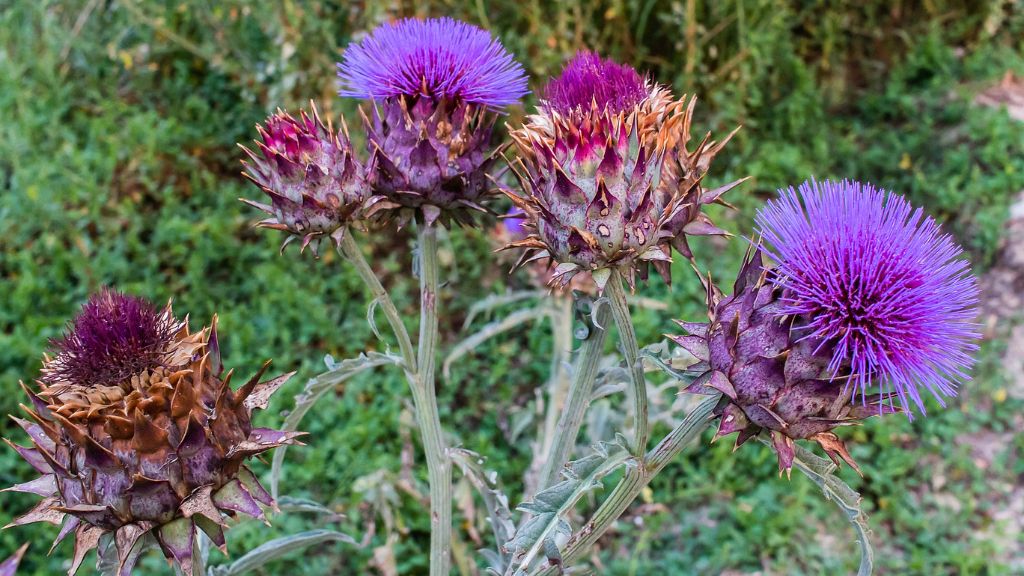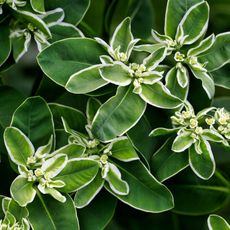History Of Rouge D'Alger Cardoon


Rouge d'Alger cardoon plants - What in the world are they? What do you do with them? How do you grow them? If you're totally in the dark about Rouge d'Alger cardoons, you're not alone. Read on for more information.
Cardoon Vegetable History and Info
Cardoons are a close cousin to the globe artichoke, but they are larger, hardier, and less prickly. Rouge d'Alger cardoons are one of the most attractive cardoon varieties with big, purple blooms and rosy red stems. Cardoons are also tasty vegetables, which one writer described as looking like a "rugged bunch of celery." The vegetables have a delicate flavor and are especially popular in Europe, where they are often fried and smothered with cream, cheese or eggs. They can also be eaten raw, usually dipped in some type of rich, gourmet-style sauce. Cardoons originated in Southern Europe, but the vegetables were transported to North America by Quakers in the 1790s. We know very little about the history of Rouge d'Alger cardoons or who first discovered this unique plant. However, we do know Rouge d'Alger cardoons originated in Algeria, thus the name.
Growing Cardoons
Rambunctious plants with long, sturdy taproots that can extend 8 feet into the ground, cardoons are often considered nuisance plants in North America. This is a good fact to keep in mind before you decide to try your hand at growing cardoons. Cardoons thrive in full sun and well-drained, rich soil. You can plant seeds, or you may be able to purchase seedlings from a nursery that specializes in heirloom plants. However, if you know somebody who has a mature plant, cardoons are easy to propagate by division. If you're growing cardoons to eat, you'll need to blanch the vegetable to preserve the delicate flavor and texture. Blanch the cardoon by piling soil around the stem as it grows. When the plant is about knee-high, wrap the cardoon with straw, then gather the lower leaves around the vegetable and secure the leaves at the top of the straw-covered cardoon with string. For succulent cardoons, be sure to provide plenty of water throughout the growing season.
Gardening tips, videos, info and more delivered right to your inbox!
Sign up for the Gardening Know How newsletter today and receive a free download of our DIY eBook "Bring Your Garden Indoors: 13 DIY Projects For Fall And Winter".

A Credentialed Garden Writer, Mary H. Dyer was with Gardening Know How in the very beginning, publishing articles as early as 2007.
-
 Learn About The Incredible Growth Rate Of Wisteria
Learn About The Incredible Growth Rate Of WisteriaWisteria’s growth rate is simply astonishing. Fast-growing wisteria, as beautiful as it is, can cause major damage to surrounding structures. Plan carefully.
By Mary Ellen Ellis
-
 Snow On The Mountain (Euphorbia marginata): Complete Care And Growing Guide
Snow On The Mountain (Euphorbia marginata): Complete Care And Growing GuideSnow on the Mountain is a unique succulent plant that is native to North America. Learn all about Euphorbia marginata and how to care for it in your garden.
By Bonnie L. Grant